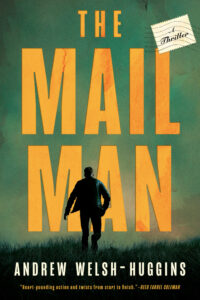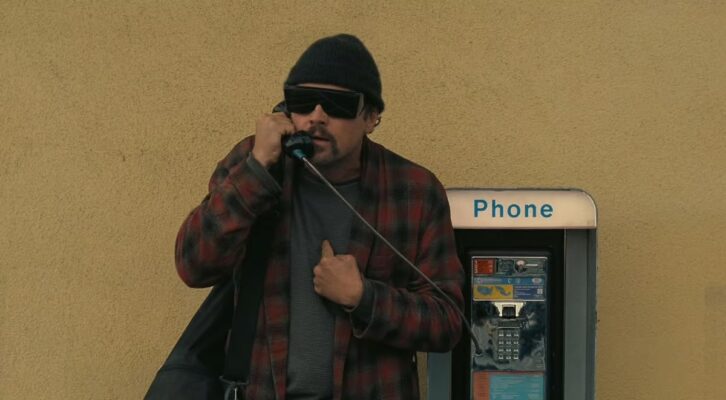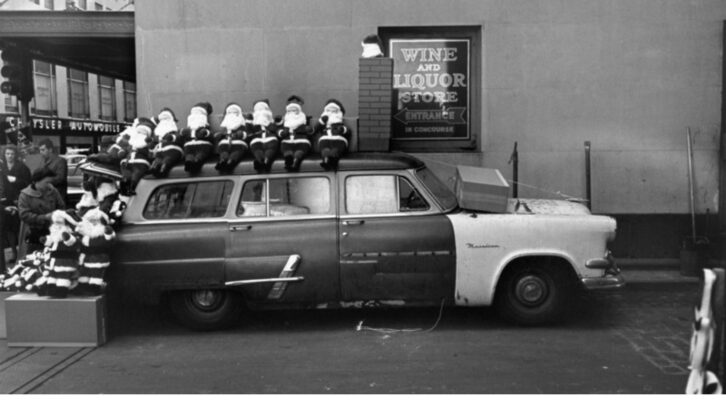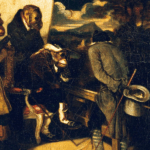Lone wolf protagonists, like guns and knives, come in all shapes and sizes.
They can be cops, like Jo Nesbo’s gruff, go-it-alone Oslo detective Harry Hole, or private eyes, like Mike Hammer, Mickey Spillane’s justice-at-all-costs private eye. On one page, you’ve got Stuart Kaminsky’s low-boil, part-time Sarasota process server Lew Fonesca, on another there is John D. MacDonald’s Travis McGee, a sun-loving, skirt-chasing boat dweller (“The Busted Flush”) with possibly the best job in mystery fiction: “salvage consultant.” Lawrence Block’s unlicensed private eye, Matt Scudder, did things his way, as does Lisa Gardner’s Frankie Elkin, an expert on finding missing persons who travels the country to ply her trade.
These iconic crime fiction characters and more were on my mind as I created Mercury Carter, the protagonist of my new thriller, The Mailman. In bringing Carter to life, I strove to craft an agent who stands both outside of law enforcement and any other recognizable security structure. To do that, I gave Carter a career that as far as I know doesn’t exist in real life. He’s a freelance courier, a private mailman who delivers pretty much anything for a price—nothing illegal, though—with one overarching rule. Carter has never missed a delivery and will stop at nothing to keep that streak alive. Woe betide the bad actors who get in Carter’s way, regardless of how innocuous the delivery. (One year, Carter’s most popular item was French Bulldog puppies.)
Despite the violence that Carter unleashes against anyone standing between him and his clients, and despite his background as a former federal agent, Carter doesn’t consider himself a do-gooder. He just wants to make his deliveries and go home. Full stop.
The Mailman opens with Rachel Stanfield and Glenn Vaughn, wife-and-husband attorneys, held captive inside their suburban Indianapolis home by a gang of home invaders. The team, led by a scar-faced killer named Finn, is ready to torture the couple to death for information about a woman Rachel’s firm is in litigation with. What no one realizes, neither Rachel and her husband nor the band of brutes, is that outside the door at this very moment, Carter has arrived with a package for Rachel.
“Delivery has to go to the name on the invoice,” Carter explains to Finn after Finn offers to sign for the package.
When Finn presses, Carter stands his ground.
“Rules are rules,” he says.
Here are seven lone-wolf protagonists whose adventures helped inspire The Mailman.

Lee Child’s Jack Reacher
There’s a reason that ex-Army major Reacher is one of the greatest characters in modern crime fiction. Child created a brilliant conceit with the concept of a man with no address, no belongings other than a toothbrush and a money clip, and no interest in personal or professional attachments. Reacher travels randomly across the country on bus, rail, or via hitchhiking, minding his own business until circumstances require him to intervene and clear the field of malcontents. Finished, he’s back on the road again. (Books in the series that flash back to Reacher’s time in the military bolster his image as a man who charts his own course.) It’s tough to pick a favorite adventure, but for my money, 2015’s Make Me is the quintessential Reacher book. Disembarking in Mother’s Rest, a tiny Midwestern town whose name fascinates him, Reacher takes out a thieves den of miscreants before uncovering and stopping a truly shocking crime venture.
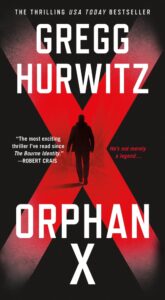
Gregg Hurwitz’s Evan Smoak
Smoak is better known as the Nowhere Man, a shadowy figure who’s available to help the neediest in the ultimate “pay it forward” system: he urges the latest recipient of his extraordinary and lethal skills to pass his number onto someone else in trouble. (1-855-2-NOWHERE in case you need it.) Smoak is a certified loner, content in what passes for his downtime to live in his fortified LA apartment—with multiple safe houses on stand-by—and sample his extensive collection of high-end vodka. But Smoak has a problem: he’s a refugee from a defunct government assassin program that recruited and trained orphans, and now someone from his past wants him eliminated. With that, Smoak faces the biggest challenge of his new, secret life:
“Who better to hire to go after the Nowhere Man than a former Orphan?”
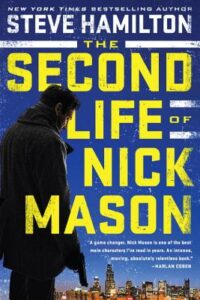
Steve Hamilton’s Nick Mason
Mason is serving a long sentence for robbery in an Indiana prison when, with no explanation, Darius Cole, an imprisoned crime boss who rules the penitentiary, makes him a deal. Freedom in exchange for 24-hour on-call servitude to carry out missions that Mason can’t, if he wants his family to survive, turn down. Mason questions the deal almost as soon as he takes it but understands he has little choice. Mason sums up his manacled existence by likening it to rules for survival in prison.
“You exist from one moment to the next. You don’t look ahead. You don’t look back,” Mason observes in An Honorable Assassin, the third (2024) book in the outing. “You survive.”
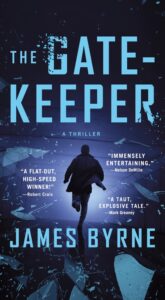
James Byrne’s Desmond Aloysius Limerick
There’s pretty much nothing not to like about Byrne’s enormously entertaining Limerick (Dez to his friends), who first appeared in 2022’s The Gatekeeper. Starting with Dez’ military-grade combat and tech skills and moving onto a murky past that hints at mercenary action but who really knows; a tossed salad of various UK accents (“From England?” “Thereabouts.”); his moral compass; and above all his opinions on beer.
Finding out who attacked a client is important, Dez notes in The Gatekeeper. “Just not important enough to drink a typical American beer. Nothing’s worth that.”
As The Gatekeeper opens, Dez—“five-eight but built like a tank”—is relaxing in his 18th-floor LA hotel room after a night playing bass guitar at a club when he happens to look outside, spots a sniper on the opposite roof, and leaps into action without being sure whose day he’s about to save. You can only pray for the bad actors after this.
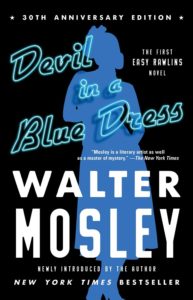
Walter Mosley’s Easy Rawlins
By the time we meet up with Easy Rawlins in Farewell, Amethystine (2024) the sixteenth outing of Walter Mosley’s storied Los Angeles investigator, it’s 1970 and Rawlins is a certified private detective with his own firm. But it took a lot of legwork and hard knocks to get there. In earlier Rawlins novels—the series began with a bang with Devil in a Blue Dress, set right after World War II—Easy is just a guy trying to mind his own business as he makes his way in the world. Yet people, often the police, keep coming to him with problems and soon enough, he’s embroiled in yet another engaging mystery.
“I knew when he called me mister that the LAPD needed my services again,” Easy says at the beginning of 1992’s White Butterfly, one of my favorites in the series. “Every once in a while the law sent over one of their few black representatives to ask me to go into the places where they could never go.”
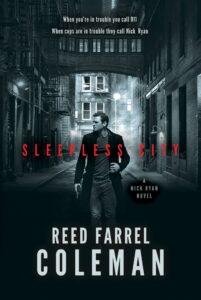
Reed Farrel Coleman’s Nick Ryan
Ryan may be a sworn New York City police officer but he’s beholden to no one but himself and a few trusted associates. The beauty, and fun, of this series—2023’s Sleepless City and 2024’s Blind to Midnight— is the long leash Ryan is given to investigate sensitive crimes. That, and Ryan’s ability—and willingness—to operate outside the bounds of NYPD rules and regs. When Ryan comes across a gang of fellow officers beating up a man who threatened to file a complaint against one of them, one of the officers tells Ryan it’s not his concern.
Ryan’s reply: “When people tell me not to be concerned, it concerns me.”
Although this is far from a typical police procedural, it’s also hard not to love the series’ tagline: “When you’re in trouble, you call 911. When cops are in trouble, they call Nick Ryan.”

Stieg Larsson’s Lisbeth Salander
There are bad-ass lone wolves who want to be left to their own devices, and then there’s Salander. A brilliant hacker with little formal education, a troubled past, and that iconic dragon tattoo on her left shoulder blade, Salander literally stands out in a crowded field of singular female protagonists: “She looked as though she had just emerged from a week-long orgy with a gang of hard rockers,” Larsson writes in the first of his Swedish-language trilogy, The Girl With The Dragon Tattoo, and with Salander, that might be the case. Or as Mikael Blomquist, Salander’s sometimes investigative partner and occasional lover, observes, Salander “was an information junkie with a delinquent child’s take on morals and ethics.” She also brings a white-hot fury to investigations focusing on the abuse of women, unearthing dark personal and societal secrets along the way.
“Do you like pain, creep?” Salander asks the psychotic villain in a climactic scene near the end of the first book.
With Salander, it’s a question you don’t want her to pose.
***


